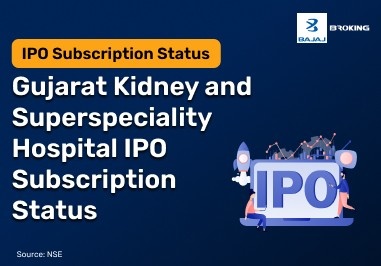The interest rate on a bond is determined by a number of factors, including the creditworthiness of the issuer, the length of the bond’s term, and the prevailing interest rates in the economy. In general, the longer the term of the bond, the higher the interest rate will be since the issuer is taking on more risk by borrowing money for a longer period of time.
Importance of Bonds in the Stock Market
Bonds play an important role in the stock market, as they provide a way for investors to diversify their portfolios and reduce risk. While stocks offer the potential for higher returns, they are also much more volatile and can be subject to sharp price swings. By investing in bonds, investors can help balance out their portfolios and reduce their exposure to market volatility.
Bonds are also important for corporations and other organizations, as they provide a way to raise capital without having to give up ownership or control. By issuing bonds, companies can raise money to invest in new projects, expand their operations, or pay off existing debts.
Bond Ratings
Bond ratings are used to assess the creditworthiness of a bond issuer and are assigned by credit rating agencies such as Standard & Poor’s, Moody’s, and Fitch. The ratings range from AAA (the highest rating) to D (default) and are based on a variety of factors, including the issuer’s financial stability, debt levels, and ability to pay back the bondholders.
Investors should pay close attention to bond ratings when considering investing in bonds, as lower-rated bonds may offer higher yields but also come with a greater risk of default. Higher-rated bonds may offer lower yields but are generally considered to be safer investments.
Bond Yields
Bond yields represent the interest rate that the issuer pays to the bondholder and are typically expressed as a percentage of the bond’s face value. Yields can vary depending on a number of factors, including the issuer’s creditworthiness, the length of the bond’s term, and prevailing interest rates in the economy.
In general, bonds with longer terms and lower credit ratings will offer higher yields, since they are considered to be riskier investments. Bonds with shorter terms and higher credit ratings will offer lower yields but are generally considered to be safer investments.
Risks Associated with Bonds
While bonds are generally considered to be safer investments than stocks, they are not without their risks. The main risk associated with bonds is the risk of default, which occurs when the issuer is unable to pay back the bondholders. This can happen if the issuer experiences financial difficulties, or if economic conditions deteriorate.
Another risk associated with bonds is interest rate risk, which occurs when interest rates rise and the value of existing bonds falls. This is because new bonds with higher interest rates become more attractive to investors, and the value of existing bonds with lower interest rates decreases.
Inflation risk is another potential risk associated with bonds, as inflation can erode the purchasing power of the interest payments and the principal amount. While inflation risk can be mitigated by investing in inflation-protected bonds or by choosing bonds with shorter maturities, it is still an important consideration for bond investors.
Final Thought
In conclusion, bonds offer investors a way to earn a steady stream of income while diversifying their portfolios and reducing their exposure to market volatility. They provide corporations and other organizations with a way to raise capital without having to give up ownership or control. However, investors should be aware of the risks associated with bonds, including the risk of default, interest rate risk, and inflation risk. By understanding how bonds work and carefully considering the risks and rewards, investors can make informed decisions about whether to include bonds in their investment strategy. Whether you’re a seasoned investor or just starting out, bonds are an important tool to consider when building a well-diversified portfolio.
Disclaimer: Investments in securities markets are subject to market risks, read all the related documents carefully before investing.














